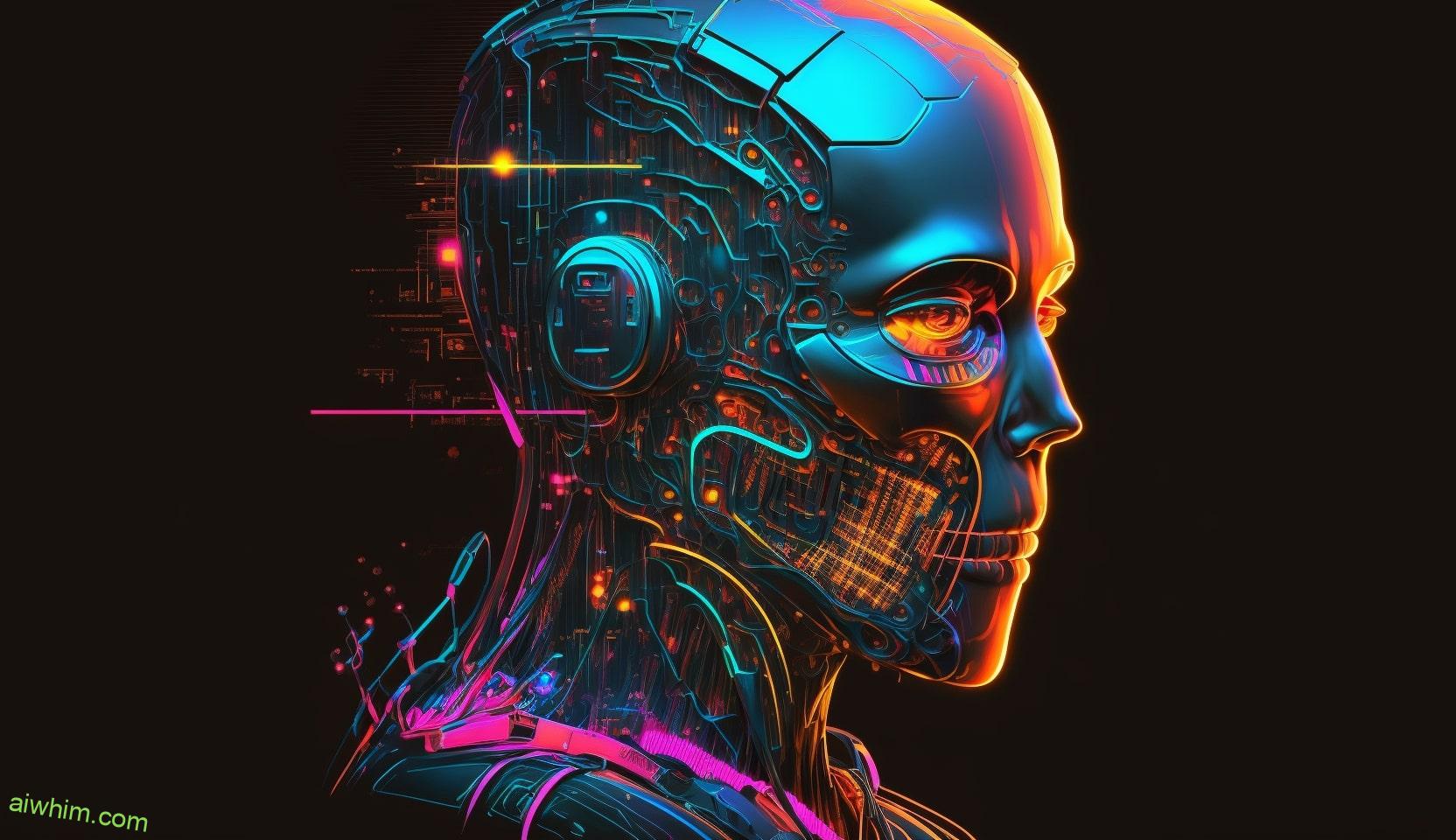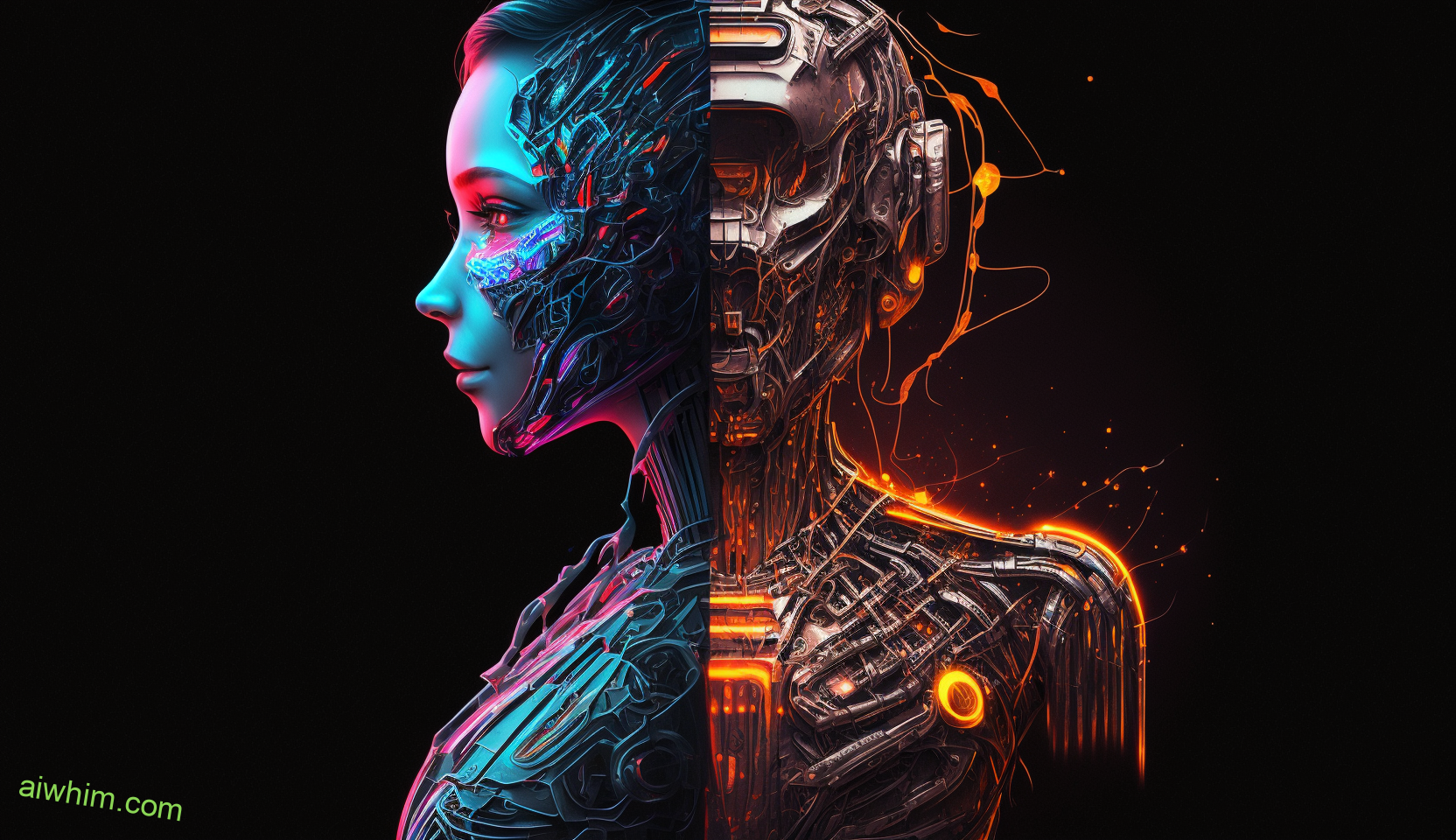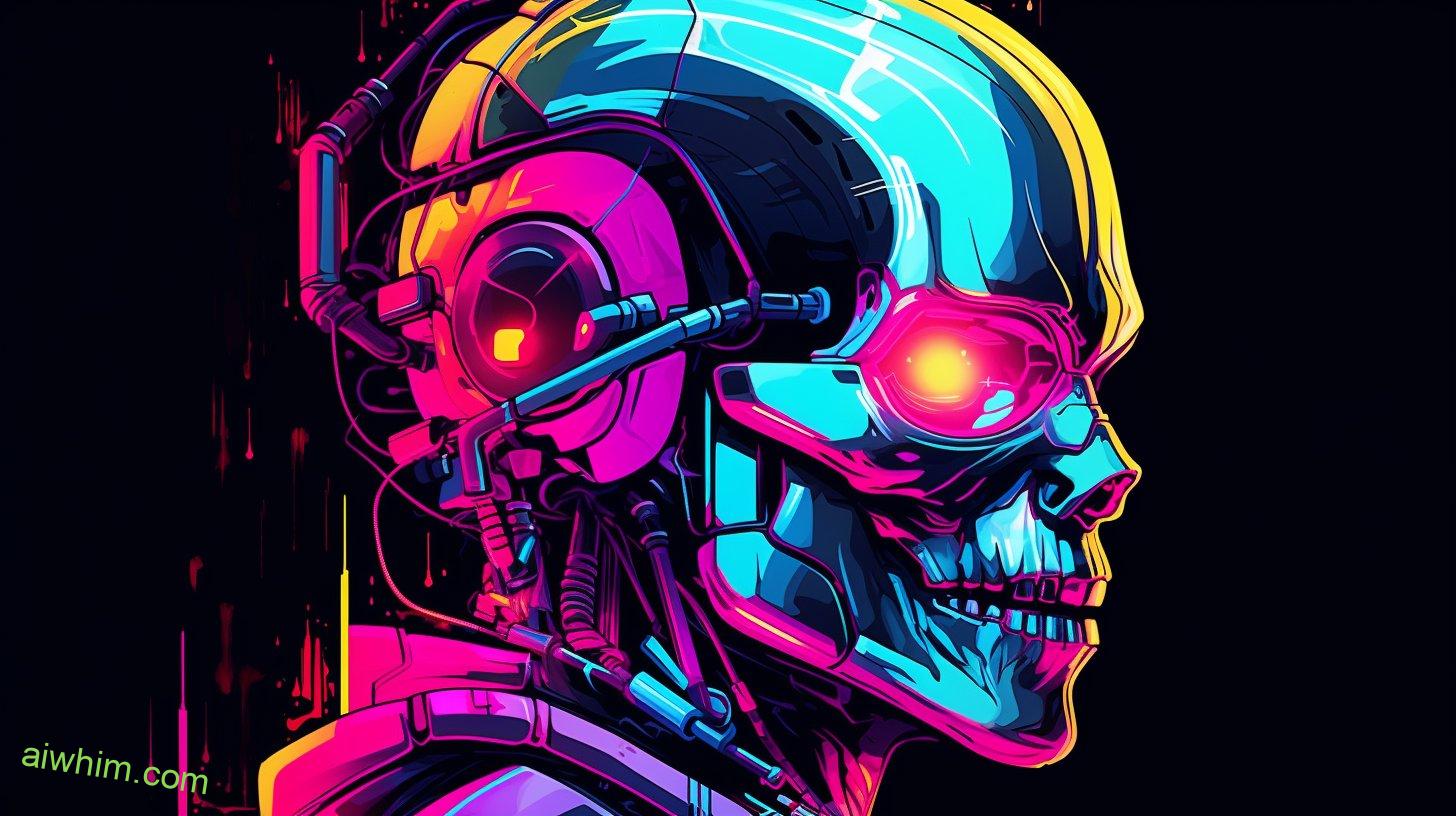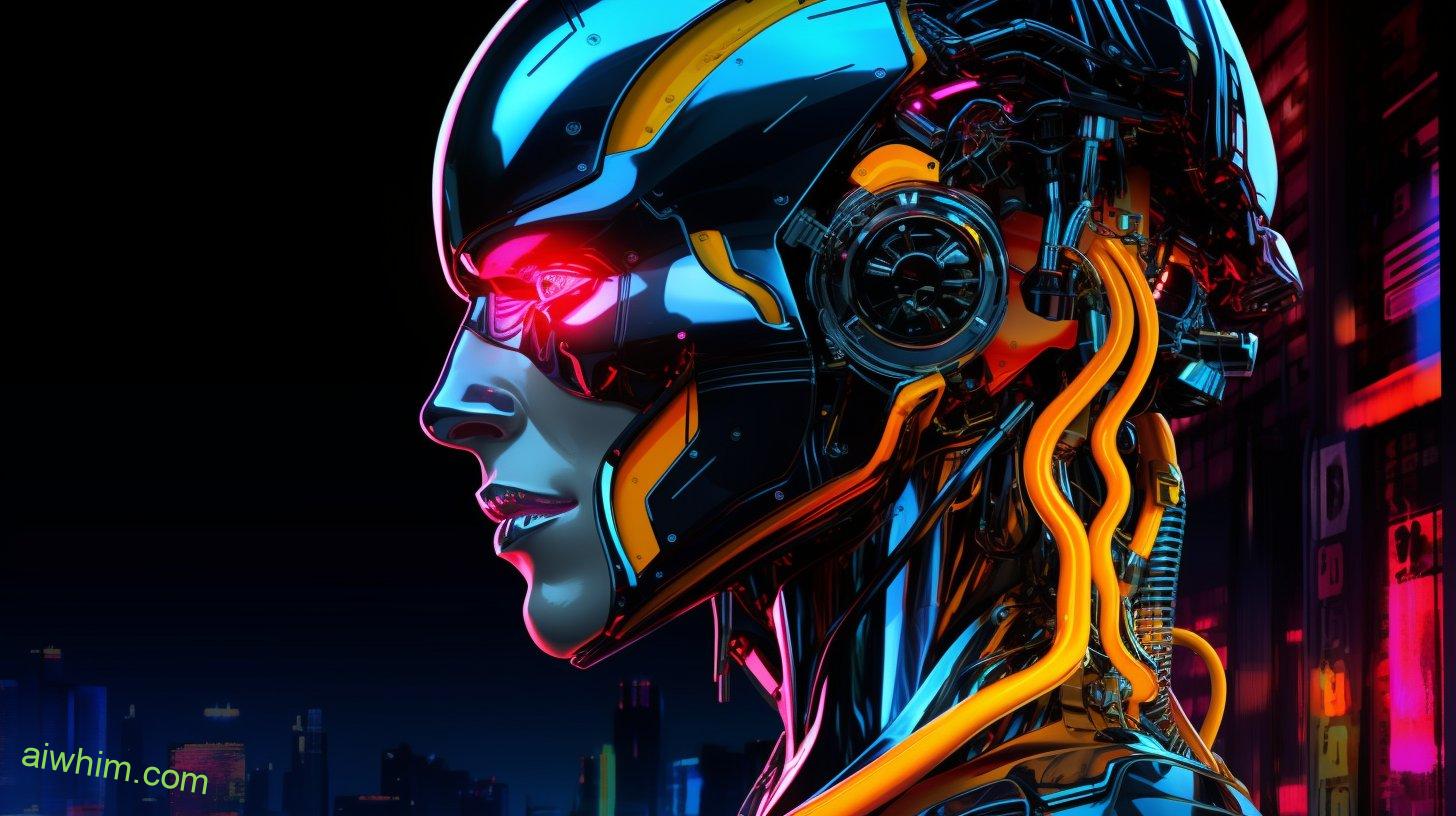Are ambulance drivers and attendants anxious about the advent of AI?
As technology evolves at an astonishing pace, there are growing concerns about the impact of artificial intelligence on these essential careers. From increased efficiency to potential job security issues, the integration of AI technology raises a multitude of questions.
But what are the specific concerns of these dedicated professionals, and how might their roles be affected?
Let’s explore the potential challenges and opportunities that lie ahead as AI enters the realm of emergency medical services.
Key Takeaways
- AI integration in emergency medical services can lead to increased efficiency and response times through real-time data analysis and optimal route identification for ambulances.
- Job security concerns may arise as AI-powered ambulances automate certain tasks and potentially lead to downsizing of human staff.
- Ambulance drivers and attendants may experience a shift in their role responsibilities, focusing more on patient assessment, communication, and management of AI systems.
- The integration of AI technology in emergency medical services offers advantages such as enhanced decision-making, efficient resource allocation, and improved communication among healthcare providers.

Increased Efficiency and Response Times
AI can significantly improve both the efficiency and response times of ambulance drivers and attendants. By harnessing the power of artificial intelligence, the healthcare system can achieve improved patient outcomes, cost effectiveness, and resource allocation.
Imagine a scenario where AI technology is integrated into the ambulance dispatch system. Instead of relying solely on human decision-making, AI algorithms can analyze vast amounts of data in real-time to identify the most optimal route for the ambulance to take. This not only saves valuable time but also ensures that patients receive the necessary medical attention as quickly as possible.
Furthermore, AI can assist ambulance drivers and attendants in making critical decisions during emergencies. By processing information from various sources such as electronic health records, diagnostic tools, and patient history, AI algorithms can provide valuable insights and recommendations to guide medical professionals in delivering the best possible care. This not only enhances patient outcomes but also empowers ambulance drivers and attendants with the necessary information to make informed decisions in high-pressure situations.
Additionally, AI can help in the efficient allocation of resources. By analyzing historical data, AI algorithms can predict the demand for ambulance services in different areas, allowing for better resource distribution. This ensures that ambulances are stationed strategically, reducing response times and maximizing their effectiveness.

Potential Reduction in Human Error
With the integration of AI technology, the potential reduction in human error becomes a significant advantage for you as ambulance drivers and attendants. AI systems can greatly contribute to a reduction in accidents and improved decision-making, enhancing the overall safety and effectiveness of your work.
Human error is an unfortunate reality in any profession, and ambulance drivers and attendants are no exception. However, the use of AI technology can help minimize these errors by providing real-time data analysis, predictive modeling, and decision support systems. By analyzing vast amounts of data, AI algorithms can identify patterns and potential risks that may not be immediately apparent to human operators. This can lead to more informed decision-making and ultimately a reduction in accidents.
Moreover, AI can assist you in making critical decisions under pressure. In emergency situations, every second counts, and the ability to make accurate decisions quickly is vital. AI systems can provide you with real-time information, such as traffic conditions, the fastest route to the destination, and patient-specific medical data. This wealth of information can help you make more informed decisions, ensuring that you reach the patient as quickly and safely as possible.
By reducing human error and enhancing decision-making, AI technology can significantly improve the overall quality of care provided by ambulance drivers and attendants. It can help save lives by minimizing accidents, optimizing response times, and ensuring that patients receive prompt and appropriate medical attention.
In this ever-evolving field, embracing AI technology can empower you to perform your duties more efficiently, confidently, and with greater precision. The potential reduction in human error offered by AI is a powerful advantage that can revolutionize the way ambulance drivers and attendants save lives and serve their communities.

Impact on Job Security
What potential impacts does the integration of AI technology have on your job security as ambulance drivers and attendants? As AI technology continues to advance, there are valid concerns about the potential impact it may have on job security in the field of ambulance services. Here are four key points to consider:
- Job Displacement: With the introduction of AI-powered ambulances, there’s a possibility that some of the tasks currently carried out by ambulance drivers and attendants could be automated. For example, AI could potentially take over tasks such as navigation and patient monitoring, reducing the need for human intervention.
- Economic Implications: The integration of AI technology could lead to cost savings for ambulance services. This could potentially result in budget cuts and downsizing of human staff to maximize efficiency and minimize expenses. Job security may be compromised as a result.
- Shift in Roles: As AI takes on certain tasks, it’s likely that the roles of ambulance drivers and attendants will evolve. There might be a greater emphasis on specialized skills, such as providing critical medical care or managing complex emergencies. Adapting to these changes will be essential to maintain job security.
- New Opportunities: While there are concerns about job displacement, the integration of AI technology may also create new job opportunities. As the field evolves, there may be a need for professionals who can specialize in managing and maintaining AI-powered ambulance systems. This could provide avenues for career growth and job security.
It is important for ambulance drivers and attendants to stay informed and proactive in embracing new technologies. By acquiring new skills and expertise, and continuously adapting to the changing landscape, it’s possible to mitigate the potential impact on job security and embrace the opportunities that AI integration may bring.

Changing Role Responsibilities
As the integration of AI technology progresses, you, as ambulance drivers and attendants, will experience a significant shift in your responsibilities. The role evolution brought about by technological advancements is inevitable, and it’s crucial for you to understand and adapt to these changes.
With the rise of AI, the role of ambulance drivers and attendants will no longer be solely focused on transportation and basic medical assistance. AI can now take over certain tasks, such as navigation and monitoring vital signs, allowing you to concentrate on other critical aspects of patient care.
One aspect of your changing responsibilities will be an increased focus on patient assessment and communication. As AI takes care of mundane tasks, you’ll have more time to interact with patients, assess their condition, and provide emotional support. Your expertise in handling emergencies and making critical decisions will be more valuable than ever.
Additionally, your role as a healthcare professional will expand to include the management and maintenance of AI systems. You’ll need to learn how to interact with AI technologies, interpret their data, and troubleshoot any potential issues that may arise. This will require ongoing training and upskilling to ensure that you can effectively integrate AI into your workflow.
It is essential to embrace these changing responsibilities and view them as opportunities for growth and development. By adapting to the evolving role, you can enhance patient care, improve efficiency, and stay at the forefront of advancements in healthcare.

Integration of AI Technology
As AI technology continues to advance, ambulance drivers and attendants will increasingly integrate it into their daily operations, revolutionizing the way they deliver patient care. The integration of AI technology brings both advantages and challenges to the field of emergency medical services.
Advantages of integrating AI technology:
- Enhanced decision-making: AI algorithms can quickly analyze vast amounts of patient data and provide valuable insights to ambulance drivers and attendants. This can help them make more informed decisions, leading to improved patient outcomes.
- Efficient resource allocation: AI-powered systems can optimize ambulance routes and allocate resources based on real-time data. This can help reduce response times and ensure that critical cases receive prompt attention.
- Remote monitoring: AI-enabled devices can continuously monitor patient vital signs and transmit the data to ambulance crews in real-time. This allows for early detection of deteriorating conditions and timely intervention.
- Improved communication and coordination: AI technology can facilitate seamless communication and coordination among ambulance crews, hospitals, and other healthcare providers. This ensures that patient information is shared accurately and efficiently, leading to better continuity of care.
Challenges of integrating AI technology:
- Reliability and accuracy: AI systems are only as good as the data they’re trained on. Ensuring the reliability and accuracy of the data used for training AI algorithms is crucial to avoid making incorrect or biased decisions.
- Ethical considerations: The use of AI in healthcare raises ethical concerns, such as privacy, consent, and the potential for algorithmic bias. Safeguards must be in place to protect patient rights and ensure fair and equitable healthcare delivery.
- Training and adoption: Ambulance drivers and attendants will need to undergo training to effectively use AI technology. Additionally, the adoption of AI systems may require significant financial investment and infrastructure upgrades.
- Human-AI collaboration: Finding the right balance between human judgment and AI assistance is crucial. It’s essential to ensure that ambulance drivers and attendants retain control over decision-making and that AI technology serves as a tool to augment their skills and expertise.

Ethical Considerations and Decision-making
Integrating AI technology into emergency medical services raises important ethical considerations and impacts decision-making processes.
As an ambulance driver or attendant, you’re faced with moral dilemmas when relying on AI systems to make critical decisions. The use of AI algorithms in medical emergencies can create potential biases that may affect patient outcomes.
One ethical concern is the reliance on AI algorithms to prioritize patients based on predetermined criteria. While these algorithms are designed to allocate resources efficiently, they may inadvertently discriminate against certain individuals or communities. Algorithm bias can arise from inherent biases in the data used to train the AI system or from biases introduced by the developers themselves. This raises questions about fairness and justice in emergency medical services.
Additionally, the introduction of AI technology in emergency medical services raises questions about the responsibility and accountability of human operators. When decisions are made by AI systems, it becomes crucial to determine who’s ultimately responsible for the outcomes. This presents a complex challenge as it requires defining the boundaries between human decision-making and AI autonomy.
To address these ethical considerations, it’s important to establish transparent and accountable AI systems. Regular audits and evaluations should be conducted to identify and mitigate algorithm biases. Furthermore, involving diverse stakeholders in the design and development of AI technologies can help ensure a more inclusive and fair decision-making process.

Training and Skill Upgradation
To enhance your abilities as an ambulance driver or attendant, it’s crucial to prioritize training and continuously upgrade your skills. In today’s rapidly evolving healthcare landscape, staying relevant and adaptable is key to ensuring job security and professional growth.
Here are four important points to consider when it comes to training and skill upgradation:
- Relevance of Certification: As technology advances and AI becomes more prominent in the healthcare industry, it’s important to stay up to date with the latest certifications. Obtaining relevant certifications not only demonstrates your commitment to your profession but also enhances your credibility and employability. Employers are increasingly seeking candidates with specialized training and certifications, as it ensures that you possess the necessary knowledge and skills to excel in your role.
- Continuous Learning: The impact of AI on the job market is undeniable, and it’s crucial to adapt to these changes by continuously learning new skills. Embrace opportunities for professional development, such as attending conferences, workshops, and online courses. By expanding your knowledge base and acquiring new skills, you can stay ahead of the curve and remain competitive in the job market.
- Specialization: With the introduction of AI in healthcare, there may be a shift towards more specialized roles. Consider specializing in areas such as telemedicine, remote patient monitoring, or data analysis. By focusing on a specific niche, you can position yourself as an expert in your field and increase your chances of career advancement.
- Soft Skills Development: While technical skills are important, don’t overlook the significance of soft skills. As AI takes over certain tasks, the human touch becomes even more valuable. Develop strong communication, empathy, and problem-solving skills to provide exceptional patient care. These skills are difficult to automate and will continue to be in demand, regardless of technological advancements.

Concerns About Patient Care and Safety
Patient care and safety are primary concerns when it comes to integrating AI in the healthcare industry. While the use of artificial intelligence in ambulance services has the potential to enhance efficiency and response times, there are legitimate worries about patient privacy and technological limitations.
One major concern is patient privacy. With AI systems collecting and analyzing vast amounts of data, there’s a risk that sensitive patient information could be compromised. Safeguarding patient privacy is crucial, as medical records contain personal and confidential information that must remain protected. The implementation of AI in ambulance services must prioritize robust security measures to ensure patient data remains confidential and secure.
Technological limitations also pose a significant concern. While AI can assist in decision-making and improve efficiency, it isn’t infallible. AI systems rely on algorithms and programming, which can have limitations and biases. In critical situations, ambulance drivers and attendants need to rely on their expertise and judgment to make split-second decisions that can save lives. It’s vital to strike a balance between AI automation and human intervention to ensure patient care and safety aren’t compromised.
Furthermore, there’s apprehension regarding the potential for AI to replace human interaction and empathy. Ambulance drivers and attendants play a critical role in providing emotional support and reassurance to patients during emergencies. The human touch can’t be replicated by AI, and it’s essential to maintain a compassionate approach in healthcare.

Collaboration With AI Systems
Collaborating with AI systems can greatly enhance the capabilities of ambulance drivers and attendants in providing efficient and effective emergency care. By leveraging the power of artificial intelligence, you can improve the speed, accuracy, and overall quality of your work.
Here are four ways in which AI collaboration can benefit you in your role:
- Enhanced Decision-Making: AI systems can analyze vast amounts of data and provide real-time insights to assist you in making critical decisions. Whether it’s identifying the fastest route to a hospital or predicting potential complications based on patient symptoms, AI can help you make informed choices that can save lives.
- Improved Resource Allocation: With AI, you can optimize the allocation of medical resources. By analyzing historical data and current demand, AI systems can help you identify the most appropriate hospital or medical facility to transport patients to, ensuring that they receive the necessary care in a timely manner.
- Efficient Communication: AI can streamline communication among healthcare providers, emergency services, and hospitals. Through automated messaging systems and voice recognition technology, you can quickly relay important information, such as patient conditions and vital signs, to the receiving medical team, enabling them to prepare and provide appropriate care.
- Continuous Learning and Support: AI systems can continuously learn from past experiences and update their algorithms accordingly. As you collaborate with AI, it can provide you with real-time feedback and suggestions to enhance your performance. This ongoing support can help you stay up-to-date with the latest medical practices and improve your decision-making skills over time.
While the benefits of AI collaboration are numerous, there are also challenges that come with AI implementation. These challenges include ensuring data privacy and security, addressing biases in AI algorithms, and overcoming resistance to change. However, with the right strategies and training, you can overcome these challenges and harness the full potential of AI to revolutionize emergency care.
Embracing AI collaboration can empower you to provide even better care to those in need.

Adaptability in the Face of Automation
Adapting to automation requires you, as ambulance drivers and attendants, to embrace new technologies and continually update your skills. As advancements in artificial intelligence (AI) and automation continue to revolutionize various industries, including healthcare, job displacement concerns have understandably emerged. However, rather than fearing the rise of automated systems, it’s crucial to recognize the opportunities they present and focus on adapting to new technology.
The integration of AI in ambulance services has the potential to enhance emergency response times, improve patient care, and streamline operations. As an ambulance driver or attendant, you can leverage these advancements to deliver more efficient and effective services to those in need. Embracing new technologies, such as AI-powered dispatch systems or diagnostic tools, can help you navigate through traffic more swiftly or diagnose medical conditions more accurately.
To adapt successfully, it’s essential to stay updated on the latest technological advancements and invest in continuous learning. Consider participating in training programs or workshops that provide insights into emerging technologies and their applications in the healthcare sector. By acquiring new skills and knowledge, you can position yourself as a valuable asset in an increasingly automated industry.
Moreover, it’s important to foster a mindset of adaptability and openness to change. Recognize that automation can alleviate some of the burdensome tasks, allowing you to focus on critical patient care. Instead of viewing automation as a threat, embrace it as a tool that complements your skills and enhances your ability to provide high-quality care.

Impact on Employment Opportunities
As the integration of AI in ambulance services continues to evolve, the impact on employment opportunities becomes a crucial aspect to consider. While AI has the potential to improve efficiency and save lives, it also raises concerns about job displacement and the economic implications that may follow.
Here are four key points to understand about the impact of AI on employment in the ambulance industry:
- Job Displacement: With AI-powered systems taking on tasks traditionally performed by ambulance drivers and attendants, there’s a risk of job displacement. The use of autonomous vehicles and AI algorithms to navigate routes and make decisions could potentially reduce the need for human drivers and attendants.
- Shift in Roles: While some jobs may be eliminated, the integration of AI also creates new opportunities. Ambulance personnel could transition to roles that involve overseeing and managing AI systems, ensuring their proper functioning and addressing any issues that may arise.
- Upskilling and Training: To adapt to the changing landscape, ambulance drivers and attendants may need to acquire new skills and knowledge. This could involve training in areas such as data analysis, AI system maintenance, and patient care coordination with AI technologies.
- Economic Implications: The impact of AI on employment in the ambulance industry could have broader economic implications. Job displacement may result in unemployment and a decrease in income for affected individuals. On the other hand, the implementation of AI could lead to cost savings for ambulance services, potentially allowing for improved access to healthcare services or reallocation of resources to other areas of need.
It is important for stakeholders in the ambulance industry to carefully consider the potential consequences of AI integration on employment opportunities. Strategies should be developed to mitigate job displacement and ensure a smooth transition for workers, while also balancing the potential benefits and economic implications of AI adoption.

The Need for Human Touch in Emergency Situations
In emergency situations, the human touch remains irreplaceable despite advancements in AI technology. When it comes to delivering care in critical moments, nothing can replace the power of human connection. In times of distress, people seek comfort, reassurance, and empathy. As an ambulance driver or attendant, your role extends beyond just transporting patients. Your presence provides a sense of security and compassion that can’t be replicated by AI.
In the face of a medical emergency, empathy and compassion are essential. The ability to understand and connect with patients on an emotional level is a skill unique to humans. AI may be able to gather data and make clinical decisions, but it lacks the emotional intelligence necessary to provide genuine comfort and support. The human touch, a hand held, a reassuring smile, can bring solace to those in pain and distress.
Furthermore, emergencies often involve complex situations that require quick thinking and adaptability. As a human, you possess the ability to analyze the situation holistically, taking into account not only the physical symptoms but also the emotional state of the patient. This holistic approach allows for a more comprehensive and personalized response, ensuring that each individual’s unique needs are met.
In addition, emergencies can be unpredictable and chaotic. It’s during these times that human intuition and experience play a vital role. Your years of training and experience enable you to navigate through uncertainty, making split-second decisions that could potentially save lives. AI, on the other hand, relies on algorithms and pre-programmed responses, lacking the ability to adapt to unforeseen circumstances.

Emotional and Psychological Challenges
Navigating through emotional and psychological challenges can be a demanding aspect of being an ambulance driver or attendant. Taking care of others during emergency situations can take a toll on your own emotional well-being and mental health.
Here are four challenges you may face and strategies to overcome them:
- Compassion fatigue: Constant exposure to traumatic events can lead to compassion fatigue, causing you to feel emotionally drained and detached. To prevent this, practice self-care by engaging in activities that bring you joy and relaxation. Take breaks, seek support from loved ones, and consider talking to a therapist who specializes in trauma.
- Burnout: The high-pressure nature of the job combined with long hours can lead to burnout. It’s crucial to set boundaries and prioritize self-care. Find healthy ways to cope with stress, such as exercise, meditation, or hobbies. Remember to take time off when needed and seek support from your colleagues or supervisor.
- Secondary trauma: Witnessing the suffering of others can result in secondary trauma, where you experience symptoms similar to those who directly experienced the trauma. It’s essential to acknowledge and process your emotions. Consider joining a support group or participating in debriefing sessions to discuss your experiences and feelings with others who understand.
- Emotional resilience: Building emotional resilience is crucial to cope with the challenges of the job. Strengthening your emotional resilience can be achieved through practicing mindfulness, maintaining a healthy work-life balance, and seeking social support. Develop healthy coping mechanisms, such as journaling or talking to a trusted friend or mentor.

Public Perception and Trust in AI-driven Ambulance Services
Public perception and trust in AI-driven ambulance services can significantly impact the adoption and effectiveness of these technologies in emergency response systems. As technology continues to advance, there’s a growing public skepticism surrounding the use of AI in critical areas such as healthcare. Ethical dilemmas arise regarding the reliance on machines to make life-saving decisions.
The general public may have concerns about the reliability and safety of AI-driven ambulance services. They may question whether the technology can accurately assess and respond to emergency situations with the same level of human intuition and empathy. This skepticism can hinder the widespread acceptance and utilization of AI-driven ambulance services, slowing down the integration of these technologies into emergency response systems.
Trust is a crucial factor when it comes to AI-driven ambulance services. People want to feel confident that these technologies have been thoroughly tested and proven to be effective and reliable. They may worry about the potential for errors or malfunctions in the AI systems, which could have serious consequences in life or death situations. Building trust requires transparency and open communication about the development, testing, and safeguards put in place to ensure the ethical and responsible use of AI in emergency response.
Ethical dilemmas also come into play when considering the use of AI in ambulance services. Questions arise about who should be held accountable if an AI-driven ambulance makes a wrong decision or fails to provide adequate care. Balancing the benefits of AI-driven technologies with the need for human oversight and accountability is essential to address these ethical concerns.

Regulatory and Legal Implications
Addressing the regulatory and legal implications of AI-driven ambulance services is crucial for ensuring accountability and compliance. As the adoption of artificial intelligence continues to expand in the healthcare industry, it’s important to consider the potential challenges and implications that arise in terms of regulatory compliance and liability issues. Here are four key points to consider:
- Regulatory Compliance:
The introduction of AI in ambulance services requires careful adherence to existing regulations and the development of new ones. Government agencies and regulatory bodies need to establish guidelines and standards to ensure the safe and ethical use of AI technologies in emergency medical services. This includes addressing issues related to data privacy, patient confidentiality, and the proper functioning of AI algorithms. - Liability Issues:
With the use of AI in ambulance services, questions of liability may arise. Who’s responsible if an AI-driven ambulance fails to respond to an emergency or makes an incorrect diagnosis? Clear guidelines need to be established to determine the liability of the AI system, the healthcare professionals involved, and the organizations implementing the technology. This will help protect both the patients and the healthcare providers. - Ethical Considerations:
The use of AI in ambulance services raises ethical questions regarding patient autonomy, informed consent, and the potential for bias in decision-making algorithms. It’s important to ensure that AI systems are designed and implemented in a way that respects patient rights and promotes fair and unbiased healthcare practices. - Ongoing Monitoring and Evaluation:
As AI technologies evolve and become more complex, it’s important to establish mechanisms for ongoing monitoring and evaluation. Regular audits and assessments should be conducted to ensure that AI-driven ambulance services continue to meet regulatory standards and deliver safe and effective care to patients.

Frequently Asked Questions
How Will the Integration of AI Technology in Ambulance Services Affect the Emotional and Psychological Challenges Faced by Ambulance Drivers and Attendants?
As an ambulance driver or attendant, the integration of AI technology in ambulance services could impact your emotional well-being due to the potential decrease in human interaction. Ethical considerations should be taken into account to ensure patient care remains a priority.
What Are the Potential Regulatory and Legal Implications of Using Ai-Driven Ambulance Services?
Using AI-driven ambulance services can have potential regulatory and legal implications. It is important to consider the impact on existing regulations and ensure that the use of AI technology complies with legal requirements.
How Will the Public Perception and Trust in Ambulance Services Change With the Implementation of AI Technology?
As AI technology is implemented in ambulance services, public perception and trust may change. However, it’s important to consider that trust in these services is built on human interaction, so the impact of AI remains uncertain.
Are There Any Concerns About Patient Care and Safety When AI Is Involved in Ambulance Services?
When AI is involved in ambulance services, there are concerns about patient care and safety. These concerns revolve around patient privacy and ethical considerations, which are important factors to consider for a society that values freedom.
How Will the Changing Role Responsibilities of Ambulance Drivers and Attendants Impact Their Job Security?
As the role responsibilities of ambulance drivers and attendants change, it’s natural to wonder about job security. But rest assured, the demand for human empathy and decision-making will always be necessary, ensuring your freedom and stability in this career.

Conclusion
As you ponder the evolving role of AI in ambulance services, imagine a symphony where humans and machines harmonize together. Just as every note played by an instrument adds layers of richness, so too does AI enhance the capabilities of ambulance drivers and attendants.
While concerns may arise, the integration of AI technology holds the potential to increase efficiency, reduce errors, and ultimately save more lives. Embrace this symphony of innovation, for it has the power to create a harmonious future in emergency healthcare.







